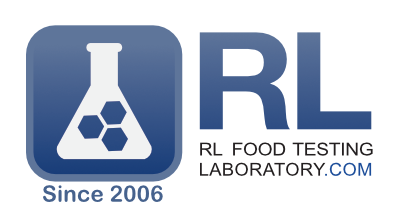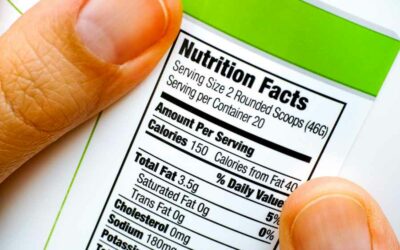How to tell if a product is Food or a Supplement:
Understanding the difference between supplements and foods is vital for manufacturers in the nutrition and health product industry. Not only does it help ensure compliance with regulations but also aids in creating effective marketing strategies. The distinction between these two categories is nuanced yet crucial.
Dietary supplements are products intended to supplement the diet, such as vitamins, minerals, or herbal extracts. Food products are consumed for their taste or nutritional value. Examples of dietary supplements include protein powders and omega-3 capsules, while fruits, vegetables, and grains fall under the category of foods. It’s important to know whether a product should be classified as a supplement or food to meet labeling requirements properly and accurately communicate its benefits to consumers.
Defining Dietary Supplements and Foods
At the most basic level:
- Dietary Supplements: These are products taken by mouth that contain a “dietary ingredient” intended to supplement the diet. Dietary ingredients can include vitamins, minerals, amino acids, herbs or botanicals, and other substances.
- Foods: Conventional foods are articles that are primarily consumed for taste, aroma, or nutritive value. They can be individual items or combinations of items that make up meals or diets.
Key Indicators to Consider
- Intended Use:
- Supplement: Specifically designed to “supplement” the diet. If a product claims to address specific nutrient deficiencies, support health, or reduce the risk of disease, it leans more towards being a supplement.
- Food: Primarily consumed for its taste, aroma, or nutritional content as part of one’s diet.
- Form of Consumption:
- Supplement: Usually available in forms not typical of conventional foods, such as capsules, tablets, soft gels, gel caps, liquids, drops or powders. Doses are typically well-defined, and consumption is often distinct from regular mealtimes.
- Food: Consumed in traditional forms like solid, liquid, or semi-soli. Foods are integrated into meals and snacks without a specific, recommended, or controlled dose.
- Labeling Clues:
- Supplement: Products labeled with a “Supplement Facts” panel.
- Food: Products labeled with a “Nutrition Facts” panel.
- Marketing Claims:
- Supplement: Might have claims related to nutrient content, health, or the product’s effect on the structure or function of the body. Note that when making claims about Weight Loss, Sexual Enhancement or Sports Nutrition, the FDA considers those in a special category that requires ongoing auditing and testing.
- Food: While they can also have nutrient content claims, they don’t typically claim to address specific health concerns or conditions. Focus is placed on taste, satiety, freshness, and general nutritional benefits. May also highlight natural, organic, or specific farming practices.
- Ingredients:
- Supplement: Often includes components not typically found in conventional foods. May contain concentrated forms of nutrients or other compounds with nutritive value. Unique or proprietary blends, which are highlighted on the label, may be used as well.
- Food: Primarily consists of ingredients familiar in the culinary world and doesn’t typically contain concentrated nutrients unless fortified.
Why The Distinction Matters
- Regulatory Compliance: Both dietary supplements and foods have distinct regulatory pathways, especially concerning safety, labeling, and claims. Misclassifying a product can lead to regulatory repercussions and potential safety concerns.
- Marketing and Branding: The way you communicate the benefits and uses of a product should align with its classification. Messaging for supplements often revolves around health enhancement, whereas foods lean towards taste, enjoyment, and general nutrition.
- Consumer Perception, Retailer Requirements and Trust: Transparent and accurate product classification enhances consumer trust. It ensures that consumers are making informed choices about their health and nutrition. Most retailers (including online marketplaces) will require “truth in advertising” backed up by testing and Certificates of Analysis.
The distinction between dietary supplements and conventional foods, while nuanced, is of paramount importance for manufacturers. A deeper understanding of the key indicators ensures that products are classified, labeled, and marketed appropriately, maintaining both regulatory compliance and consumer trust. As the landscape of health and nutrition continually evolves, manufacturers must remain agile, informed, and committed to transparency. This not only safeguards the brand’s reputation but also assures consumers of the product’s integrity and value.







